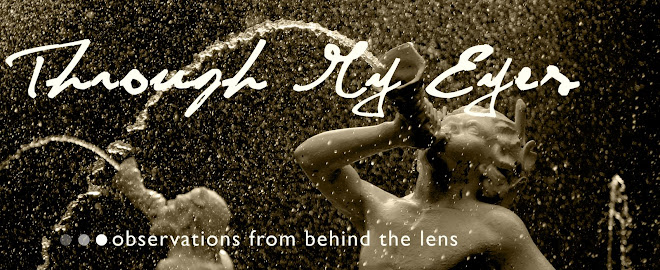I knew that there was a Confederate Memorial Day, although for some reason I thought it was aligned with Robert E. Lee’s birth date. It seems the date commemorates Confederate Gen. Joseph E. Johnston's surrender to Union Gen.
 William T. Sherman in North Carolina on April 26, 1865. Since Johnston was charged with Georgia's defense—and based on all of the things Sherman burned in Georgia, Johnston did a really lousy job—this marked the end of the state's participation in the Civil War. I can only assume that Mississippi and Alabama use the same reasoning. In reading some of the tiny amount of media coverage regarding the holiday—seems almost everyone is tired of this issue—I found some shrill, predictable, and ridiculous quotes. I just have to share.
William T. Sherman in North Carolina on April 26, 1865. Since Johnston was charged with Georgia's defense—and based on all of the things Sherman burned in Georgia, Johnston did a really lousy job—this marked the end of the state's participation in the Civil War. I can only assume that Mississippi and Alabama use the same reasoning. In reading some of the tiny amount of media coverage regarding the holiday—seems almost everyone is tired of this issue—I found some shrill, predictable, and ridiculous quotes. I just have to share."It's very easy to vilify our Confederate ancestors and write them off," commented Robert Reames, Alabama commander of the Sons of Confederate Veterans. "They were the greatest heroes this country has ever produced." That seems pretty strong language considering all of the heroes of foreign wars against America. Or did he mean America? But in regard to slavery as the cause of the “War of Northern Aggression” he said it is simply “what's being taught through the schools through Yankee books from Yankee publishers telling the Yankee side of the war." You just can’t make stuff like that up.
But not to be outdone, Mississippi NAACP president Derrick Johnson said, “It is a remnant of Mississippi's segregated past. Could you imagine Israel celebrating Hitler day.” I’m sure Mr. Johnson was simply out that day at diplomacy school.
The issue is simple for me. I do think we should memorialize the Civil War and remember it so that we don’t repeat those mistakes again. After all, over 620,000 soldiers and an unimaginable number of civilians were killed, compared to 416,800 fallen U.S. troops in WWII. But I’m not terribly concerned with keeping the Civil War battles going. It ended. The South lost. Let’s move on. And I’m glad Georgia changed the flag... again. Twice. But what concerns me greatly is that well over a hundred thousand Georgia employees are getting paid to take this day off. Seems like a great way to save some tax dollars in a bad economy.
Oddly enough, my community has a Civil War reenactment scheduled for this week. Regardless of the agendas of some of the attendees and participants, it’s a pretty well run event that accurately portrays two battles. With any luck, I’ll have some great new shots to share next week.
Until then, for you lucky state employees, I hope you enjoyed your day off. For the rest of us, get some rest. We deserve it.








